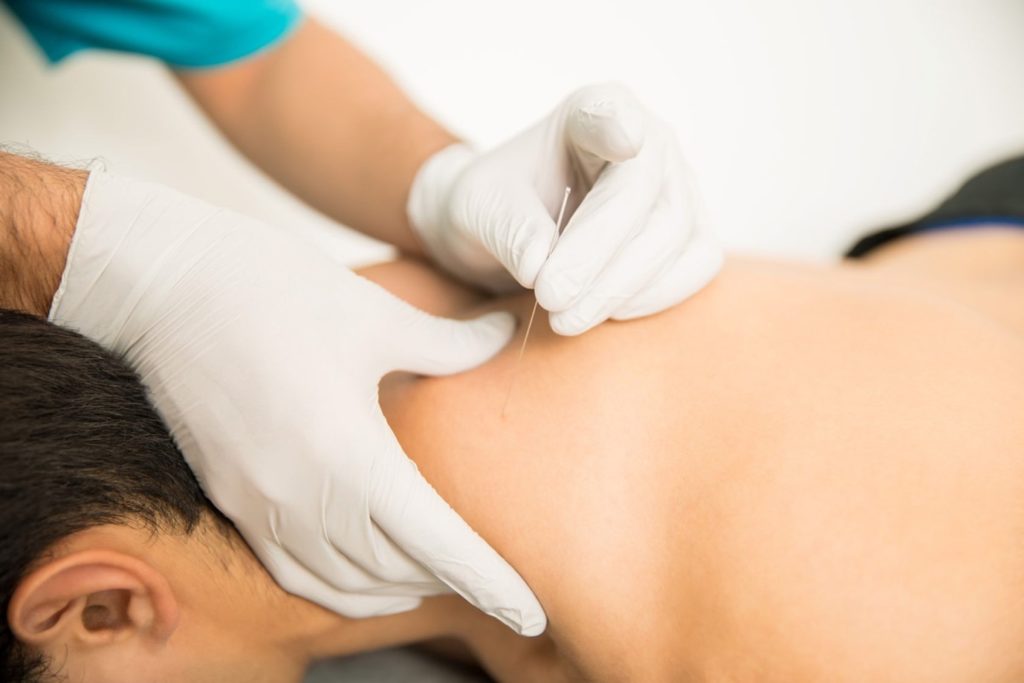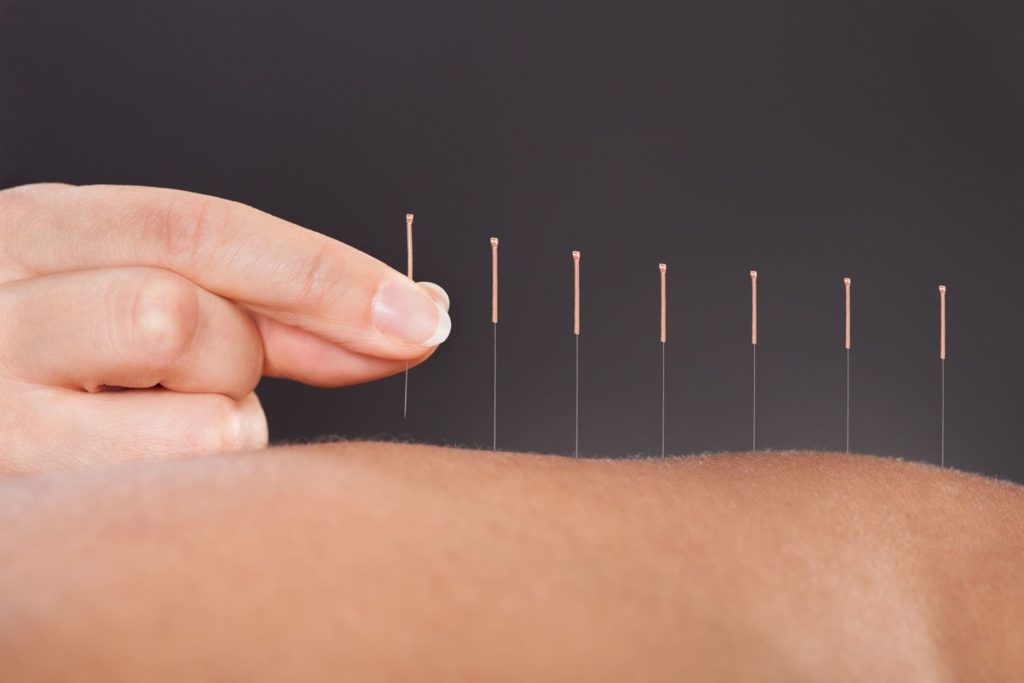So, it’s March and we’re all excited that football is beginning, and preseason is usually a time where everyone is working to get their match fitness to an adequate level. This can be very beneficial in preventing soft tissue injury if done correctly, however the beginning of the season is when we see a large proportion of soft tissue injuries. This can be due to overtraining and putting too much stress on our body too quickly or undertraining and coming into a game underdone in which leaves us susceptible to injury.

However, besides a strong block of training there are some further measures we can take to minimise the risk of soft tissue injuries. Warming up properly is a vital step in getting your body prepared for a match (or training). Making sure we are warming up specifically to the sport we play holds many benefits such as:
– Increased blood flow to working muscles.
– Increased flexibility.
– Improved joint function.
– Increased neural firing.
– Increased coordination.
Recovery is the other major factor when it comes to injury prevention, for a lot of people this means ice, stretching etc… whilst these can be beneficial there are much more vital aspects to recovery. Sleep may be the single most important aspect of recovery as it is when the body repairs itself. Making sure we achieve ~8 hours of sleep per night will be one of the largest factors in injury prevention as we are getting maximal recovery.
Nutrition is also important as absorbing the right nutrients allows for a more desired recovery outcome. Not only what we eat, but when we eat will impact recovery and even performance. For more advice on Nutrition it is important to seek the help of a healthcare professional. Along with diet, making sure we consume enough water pre, during and post exercise is vital in preventing dehydration, heat exhaustion, heat stroke as well as muscle cramping and maintain general wellbeing.

